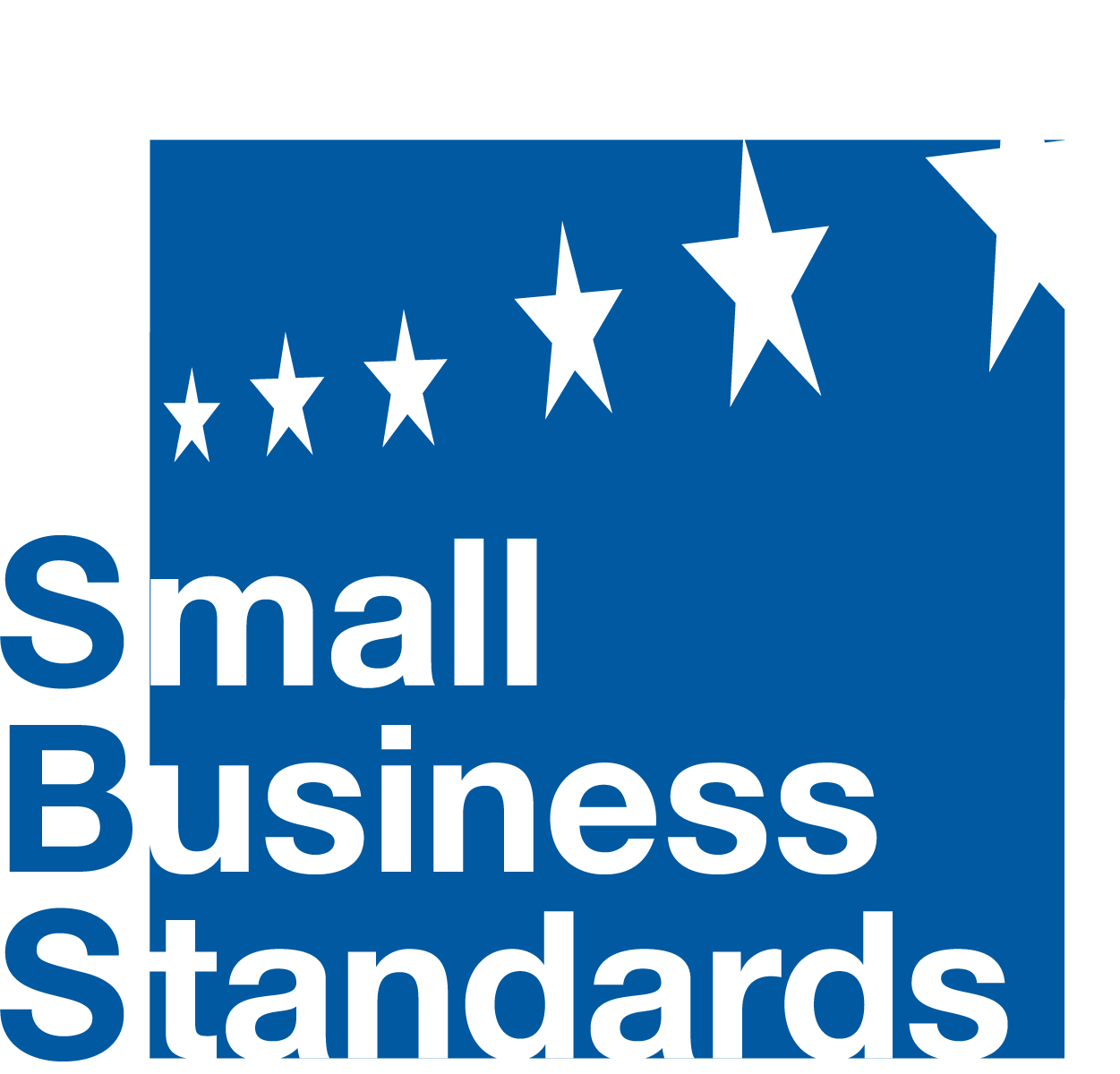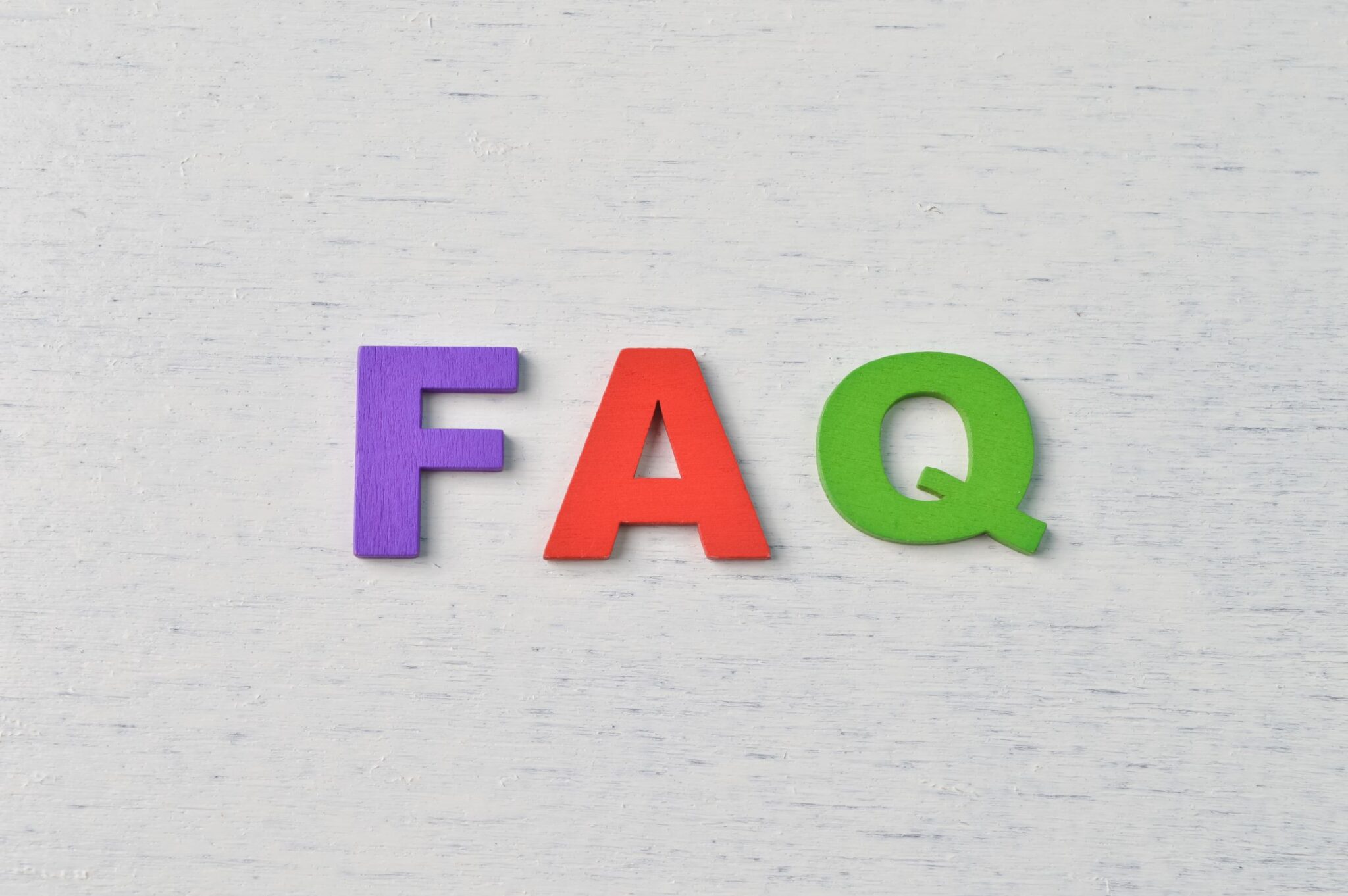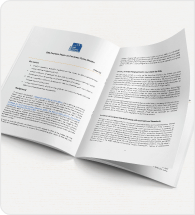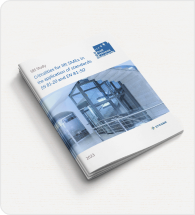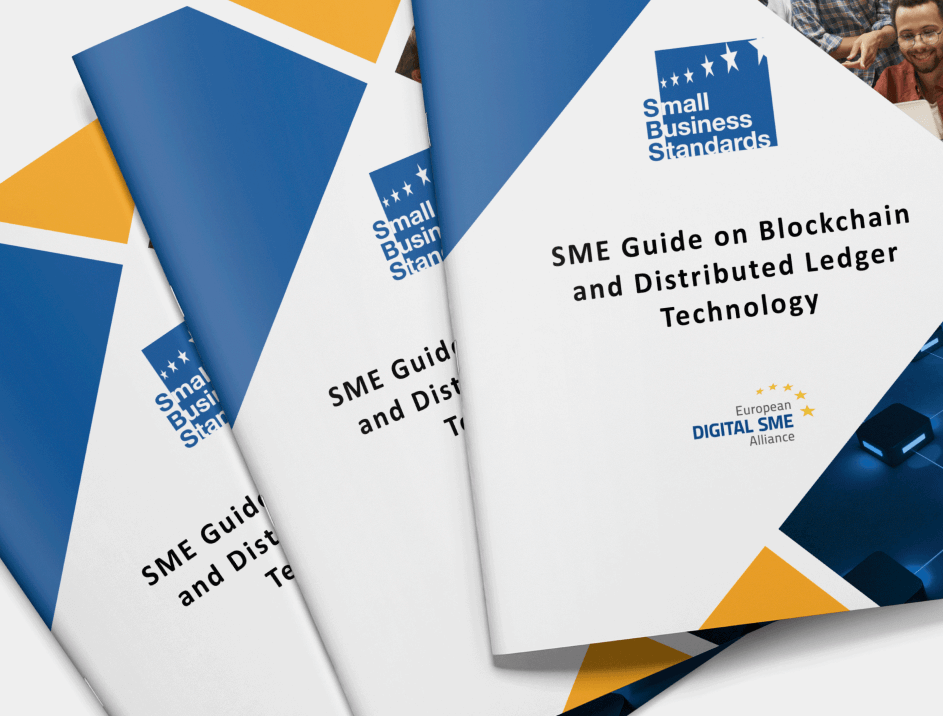There are about 200 dangerous substances (including radioactivity, considered here as a ‘substance’) relevant for construction products and subject to regulatory requirements in the EU. Some are regulated at EU level, while others are regulated at Member State level. Some substances are regulated in terms of their content (they are banned or their content is limited), others in terms of release from the product or the effect of release on, for example, indoor air or water quality.
The Construction Products Regulation (CPR) covers dangerous substances from the point of view of their potential emission into indoor air or their leaching into water, and the emission of radioactivity. There are, however, other regulatory requirements on dangerous substances which construction product manufacturers have to satisfy, some of these based on content rather than release. This Position Paper therefore covers all regulatory requirements, not only those of the CPR.
Unless a regulation is limited to certain products, it applies to all construction products. However, a common sense approach is usually taken to the treatment of dangerous substances consisting, amongst others, of the two following notions:
- 1. substances which are never present in a product (such as asbestos in reinforcing steel) are not tested for, and
- 2. assessment is limited to those substances likely to be present.
A common sense approach is also taken to the marking of products, for which an overall ‘presumption of conformity’ applies. This means that products have no marking to indicate that they meet the regulatory requirements for substances which are never present in those products. Only if a substance is likely to be present in the product is any information given.
Current positions on how the emission of dangerous substances in standards under the Construction Products Regulation (CPR) should be assessed lead to the belief that all substances need to be tested for. The reference tests are, however, costly and often unsuitable for routine factory production control testing. In addition, it is clear that if dangerous substances are not present in a construction product, they will not be released. In some cases, cheaper, indirect assessment methods should be permitted, where these are able to demonstrate that dangerous substances will not be released.
The SBS position is, therefore, in two parts: that the risk-based approach (as an alternative to testing) should be adopted and that, where testing is needed, simplified test methods should be considered, where practicable.
One further challenge, which arises from CPR marking requirements (a performance value or no performance determined (NPD)) can cause commercial difficulties in the market. NPD is intended to mean “not assessed, because there is no regulatory need”, but is often interpreted as “not good enough to meet the requirement”. Both of these force manufacturers to test for all substances, even if the substances are not present in their products. This is disproportionately burdensome and expensive for SMEs.
For these reasons, SBS proposes that:
CEN and EOTA adopt a risk-based approach to addressing dangerous substances in European Standards and Assessment Documents: the product manufacturer may declare a performance for a dangerous substance without testing if he can provide evidence (information) that the dangerous substance is not present or above any regulatory limit in the product.
A manufacturer may also use an indirect method to assess release to indoor air and/or water, where the conditions to do so are satisfied.
The risk-based approach does not replace full or indirect testing but, instead, offers an optional alternative. Manufacturers may follow the approach if they believe that it is easier for them to do so, and if it satisfies their marketing needs. If initiatives under REACH lead to alternative solutions, it would be sensible for manufacturers to follow these.
The approach suggested in this document is just as robust a method as testing, but it substantially minimises the burdens on SME product manufacturers. It is based, in part, on the three principles of the ‘due diligence’ method of the Timber Regulation (995/2010): information, risk assessment and risk mitigation. It is also based on how the Restriction of Hazardous Substances (ROHS) Directive for electrical equipment is applied. The suggested risk-based approach does not consider exactly which dangerous substances have to be actively considered for which product(s). It requires that all relevant dangerous substances need to be assessed, but not necessarily by testing them all.
According to this approach, the manufacturer is required to collect/prepare and hold documentation (equivalent to a test report) to justify his declaration. This documentation will be evaluated by the Notified Body (if applicable). In the event of market surveillance intervention, the manufacturer may have to provide the documentation to the authorities. In this respect, therefore, it is as robust as any other ways by which manufacturers arrive at their declarations of performance. The approach suggested does not prevent the manufacturer from declaring NPD if, for certain substance(s), there are no regulatory requirements.
If a manufacturer is unable to obtain satisfactory documentary proof that his product satisfies any content or release requirements without testing, it follows that he is obliged to perform tests. For more information on the proposed risk-based approach, please consult the Technical Note below. Further information on the subjects raised in this document can be obtained from the SBS Secretariat at info@sbs-sme.eu.
Technical Note
➢ The risk-based approach and associated product marking/DOP
The purpose of this Technical Note is to explain the risk-based approach to dangerous substances (DSs) proposed in the position paper above, in more detail. The approach corresponds, to a large extent, to what SMEs currently do, it is robust and, although it requires manufacturers to collect information, it is likely to be substantially cheaper for SMEs to apply than an approach based entirely on testing.
The approach is derived from two documents, firstly the EU’s Timber Regulation (995/2010) which, although it does not specifically address DSs, provides a procedure to avoid illegally-harvested timber from being placed on the EU market. In fact, it enables suppliers to apply a system of ‘due diligence’, based on three elements: information, risk assessment and risk mitigation.
Secondly, the approach is based on how manufacturers currently deal with the Restriction of Hazardous Substances (ROHS) Directive for electrical equipment. The ROHS Directive limits the content of a number of substances (lead, cadmium, etc.). But the content of the substances does not need to be tested if the product manufacturer can obtain from raw material suppliers ‘ROHS compliant’ certificates which show that the substances in question are not present in any raw materials or components. Only where such certificates are not available is testing needed.
The suggested risk-based approach does not consider exactly which DSs have to be actively considered for which product(s). It requires that all relevant dangerous substances need to be assessed, but this does not mean testing of all of these (the approach works equally whether the regulation is based on content or release).
The Timber Regulation’s (TR) ‘due diligence’ method, used for the risk-based approach to DSs, is based on three elements which, here, are generalised so that they apply to all products:
• information: the manufacturer must have access to information describing the product itself and/or its raw materials and components (in particular related to DSs). This has to be sufficient and reliable to make product testing unnecessary;
• risk assessment: the manufacturer must assess the level of confidence he can have in the information he receives. A manufacturer may use the information if he considers it credible and accurate; and
• risk mitigation: if the manufacturer doubts the validity of the information, he needs to mitigate the risk by requiring additional information and verification from his supplier.
The manufacturer must sufficiently check the information he uses, but the degree of checking will vary according to the situation.
For example:
- a certificate issued by an accredited certification body in a country where the accreditation agency is internationally recognised has a high degree of confidence;
- a supplier’s declaration from a less reputable country is likely to have a lower degree of confidence (the country’s corruption level, business risk indices, and other governance indicators should be considered);
- any certificate or declaration not supported by test reports, when requested, cannot be relied on.
In his technical documentation, the construction product manufacturer has to record the checks performed and any risk mitigation action he used to ensure the information is credible.
Appropriate text for this approach might use the following model:
Clause X.X Dangerous substances
Except as provided for below, the product shall be tested for the substances/requirements listed in Table X [the table of specific substances likely to be present in the product, example given below], using the test methods listed in the table, and shall satisfy the provisions of that table.
If any of the substances in Table X may be presumed not to occur naturally in any of the raw materials or components above the limit levels indicated, not to be actively added to any of the raw materials or components, not to be actively added in the manufacturing process of the product, and/or not to occur in any stage of the production process, the product does not require to be tested for the substance(s) in question. Products do not require testing if one or more of the substances occur or are added at levels below those allowed in one or more of the substance levels
prescribed in Table X.

Table X – Content/release of dangerous substances
Sufficient proof of this comprises a certificate or declaration of content of the substance(s) and/or a certificate or declaration of chemical composition from the raw material or component supplier, together with a description of the product production process. The manufacturer shall take reasonable documented steps regarding information credibility. This information shall be included in the specific technical documentation he draws up.
Calculation may be used to assess the content of any substance added to the product. In such case, the calculation method and its result shall be included in the specific technical documentation.”
The above text is applicable for products which are manufactured from one or more raw materials and/or components. Where products are mined (e.g. aggregates and stone), or occur naturally (e.g. timber), the text may be modified by removing the references to raw materials and components, and replacing the certificate/declaration of content by adequate alternative proof, such as historical mineralogical analysis or radiological data. Where products are stored before they are first placed on the EU market, additional text may need to be added, along the following lines:
“If raw materials, components and/or finished products are stored prior to their placing on the market, the manufacturer shall obtain satisfactory written evidence allowing a presumption that the storage conditions have not exposed these to any of the dangerous substances listed in Table X or not exposed them to levels above those permitted by Table X. Where such evidence is not available, the product shall be tested before to being placed on the market.“
The treatment of radioactivity would require specific text, because this cannot easily be covered by a certificate of ‘content’ or chemical composition. Suitable text could be along the following lines:
“Where the product comes from a location known to make it radioactive at a level of 1 mSv/year or above, the product shall be tested or its performance calculated based on activity concentrations. No testing is required where the product manufacturer holds a certificate from the raw material supplier indicating that the location and/or storage conditions do not exceed 1 mSv/year. The manufacturer shall take reasonable documented steps to satisfy himself that the information is credible. This information shall be included in the specific technical documentation he draws up.”
For dangerous substance release under the CPR, the performance of the product, with respect to dangerous substances, should be given in the DOP and CE marking in exactly the same ways as if tested (but see the comment below about ‘zero content’). For dangerous substances covered by other regulatory requirements, any statements made about the product would be the same as those requirements demand.
When any new provisions on dangerous substances are made applicable through the implementation of a technical specification, a transitional period should be provided for components and raw materials already held in stock.
CPR Article 36 1 (a) provides for a product to be deemed to achieve a certain level or class in accordance with the conditions set out in the relevant harmonised technical specification or a Commission decision. The risk-based approach should be able to be used in harmonised specifications without the need for decisions, provided that the manufacturer uses appropriate technical documentation. This does not exclude the possibility that a Commission decision or Delegated Act might be needed for other aspects, such as the setting of classes for the substance. Finally, the approach should not be a “without testing” or “without further testing” situation, as defined by the CPR, in order to avoid the need for a Commission decision.
➢ Technical discussion of the approach
The approach suggested in this document is just as robust a method as testing. Manufacturers already apply a sort of risk-based approach for dangerous substances, insofar as they decide, on a continuous basis, that the majority of the 200 dangerous substances are not present in their products, and they do this without testing. The manufacturer is required to collect/prepare and hold documentation (equivalent to a test report) to justify his declaration. This documentation will be evaluated by the Notified Body (if applicable). In the event of market surveillance intervention, the manufacturer may have to provide the documentation to the authorities. In this respect, therefore, it is as robust as any other ways by which manufacturers arrive at their declarations of performance.
The approach suggested does not prevent the manufacturer from declaring NPD if, for certain substance(s), there are no regulatory requirements. If this could lead to commercial problems, however, the approach offers a relatively simple and cost-effective alternative to more expensive testing. Experience from the ROHS Directive has shown that raw material and component suppliers around the world have accepted the need to supply ROHS-compliant certificates, and there is no reason to believe that the situation would be different for construction products.
Care is needed with any declaration of ‘zero content’ (the same is true of any regulation which calls for zero content), because of the chance that a product contains trace quantities of a substance, and because of the inherent uncertainty in the test method used to measure content or release. ISO 17025 requires that test laboratories assess and declare the uncertainty of any test method; it is suggested that this uncertainty be included in Table X of the technical specification and that, therefore, ‘zero content’, whether determined by test or by the approach of this document, is declared as ‘less than […]’, whatever the uncertainty of the test method is.
The approach suggested in this paper can also be applied, for example, to the situation of timber doors and windows, protected by paint, varnish or preservative. The door or window manufacturer would need to obtain reliable chemical data from the paint, varnish or preservative supplier but, having done so, would not need to test the finished door or window.
CEN TC351, Construction Products – Assessment of release of dangerous substances has asked construction product TCs to decide for themselves which DSs are relevant in their products. This position paper assumes that it will be these relevant substances which will be covered explicitly in technical specifications. However, this paper considers whether text should be added to hENs to cover all dangerous substances. Product TCs may be able to identify DSs likely to be present in products from EU-based manufacturers, but they might not be able to identify other substances which, now or in the future, are present in products from less reputable manufacturers or those outside the EU.
The option of satisfying the requirements of the complete list of all regulated dangerous substances (as opposed to satisfying only the requirements for substances likely to be present in the product) was discussed above. The approach in this document could be applied to all substances in the list, as long as there is no requirement to identify a specific test or assessment method for every substance. If, as is in principle legally necessary, the manufacturer is supposed to comply with all regulatory requirements, then text along the following lines might be acceptable:
“In addition to satisfying the requirements of the substances listed in Table X, the manufacturer shall be aware of the possibility that other regulated substances may be present in the product and shall take all reasonable measures to ensure that they are either not present/released or, if permitted levels are given, they are not above these. Only if a specific substance requires assessment for content or release, however, shall anything be added to the DOP.”
Finally, taking only the test for release to indoor air (EN 16516), the cost for one test is likely to be between €3 000 and €5 000 per product. This is substantial for SMEs, and unnecessary if there are no dangerous substances in the product to be released. It is even more unrealistic for craft manufacturers producing low volume or one-off products.
